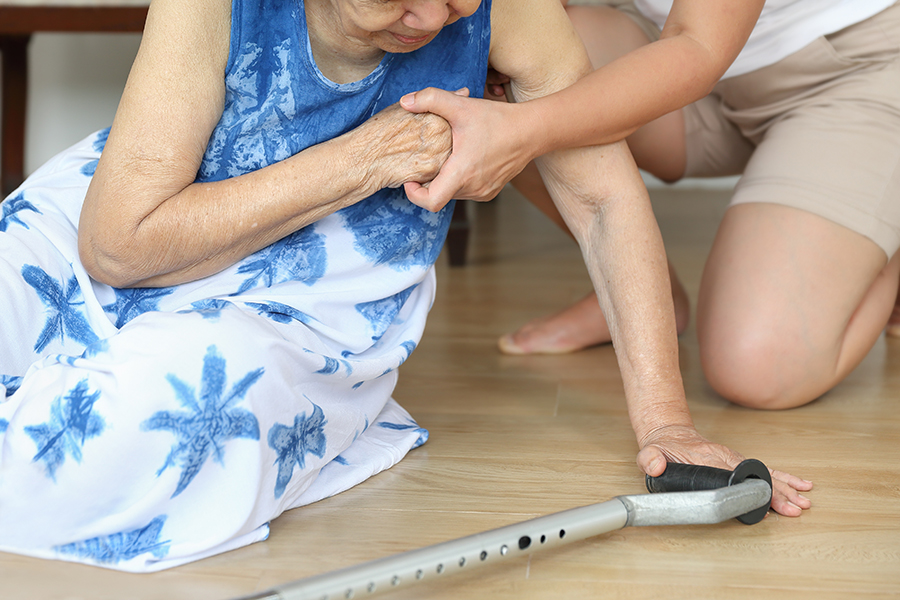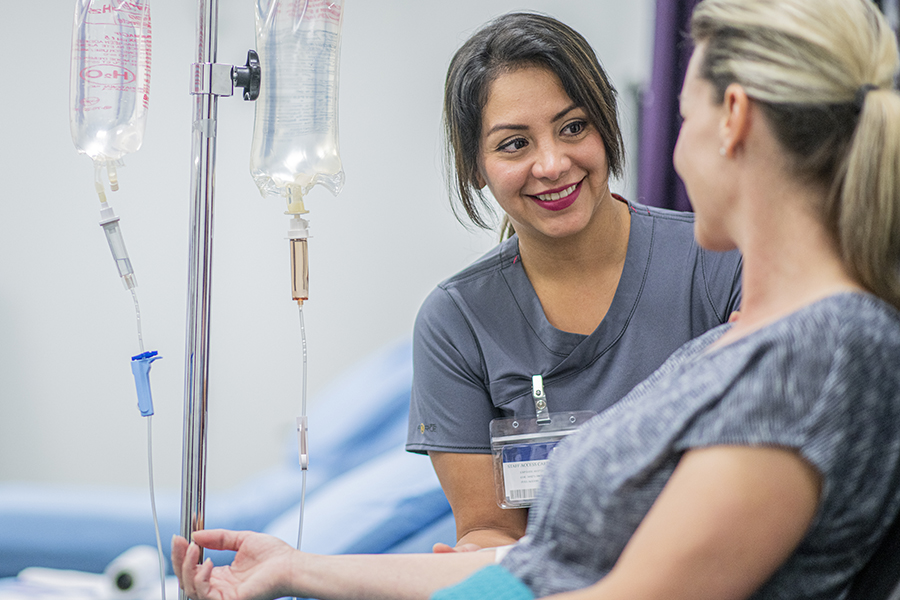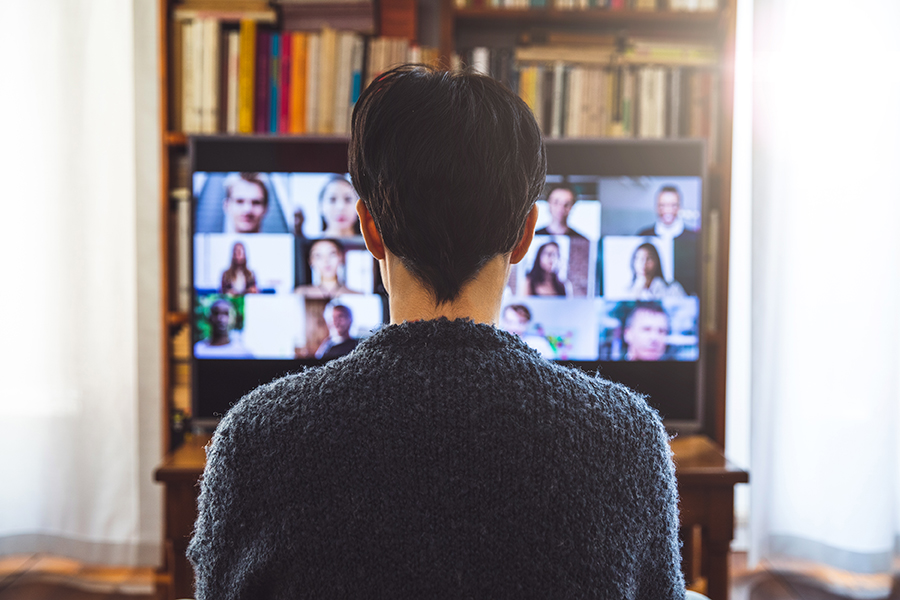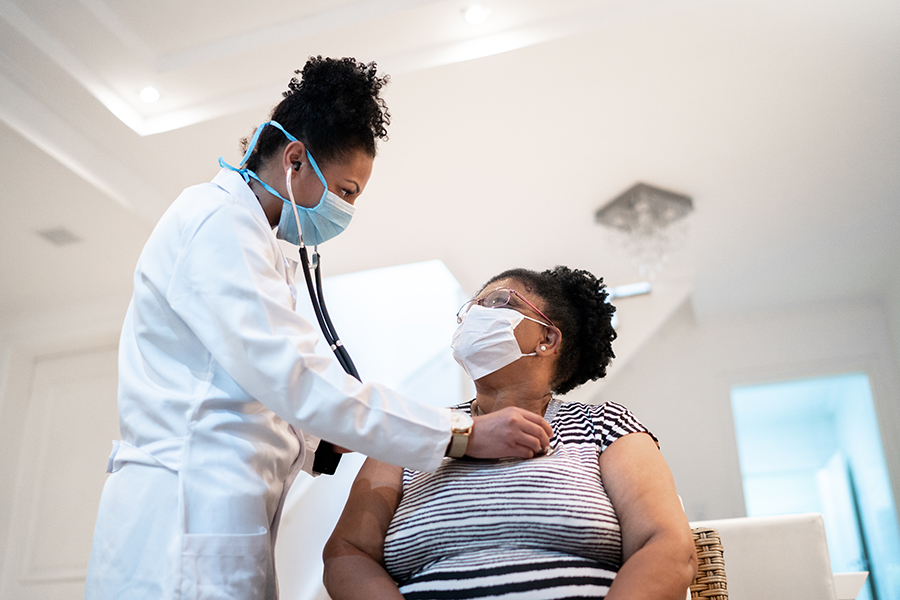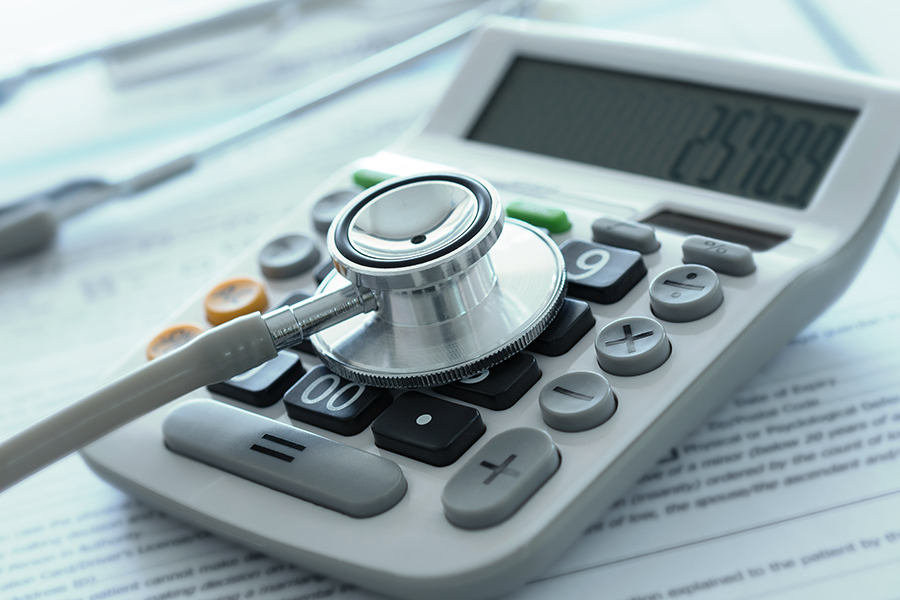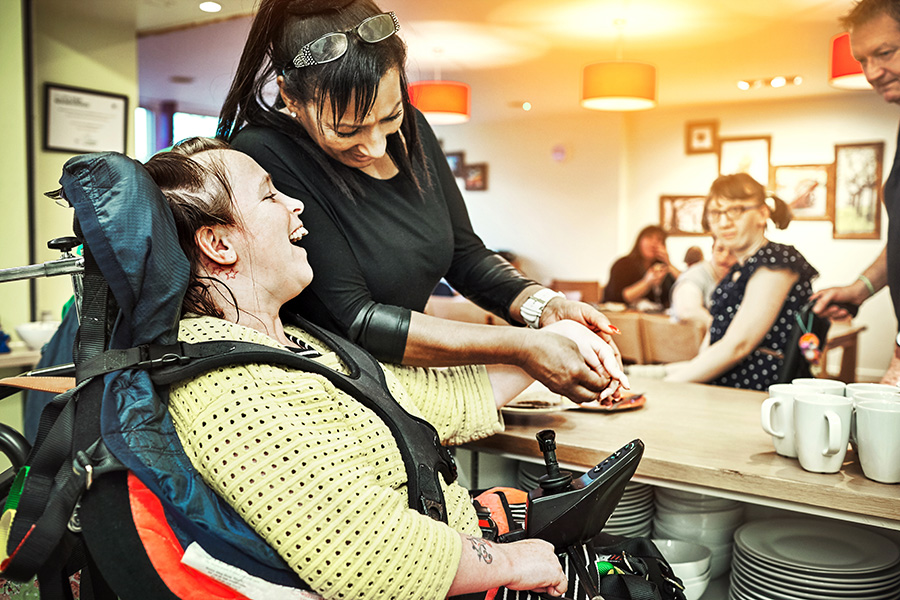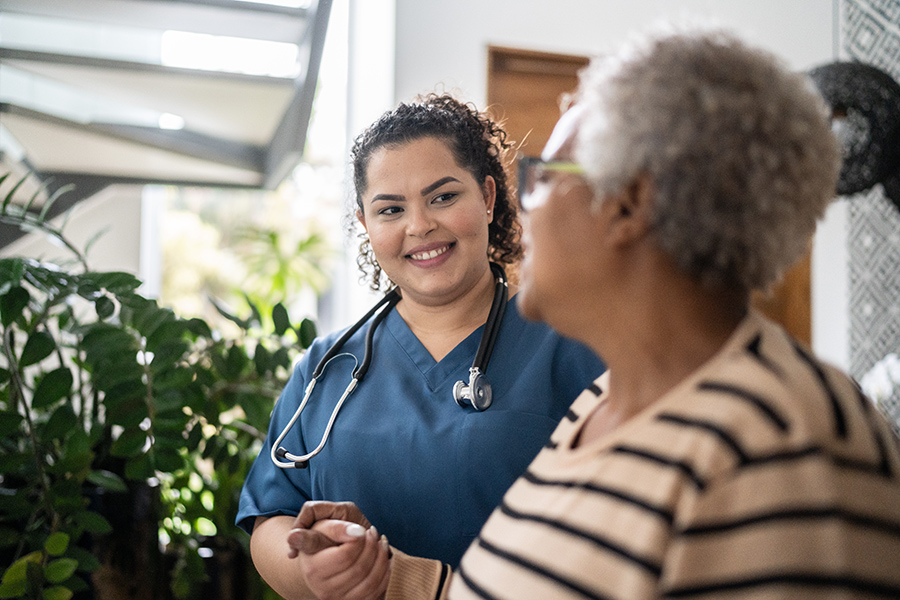By Soumya Karlamangla for The Los Angeles Times
An alert popped up on Dr. Sam Kim’s smartphone: a 7-year-old with a cough. Would you be comfortable seeing this patient?
Kim clicked yes and hopped in his car on a recent Saturday morning. Black bag in hand, white coat donned, he knocked on the door of a home on a tree-lined street in La Canada Flintridge.
The doctor is in.
Kim works for Heal, a Los Angeles-based start-up that allows patients in several California counties to order doctor house calls through a smartphone app. Similar companies exist in other parts of the country, including Pager in New York City and Mend in Dallas.
Health advocates generally support using technology to make medical care more convenient. As these companies grow, however, some question the return of the house call.
A century ago, most medical visits were in the patient’s home. But cities got bigger and doctors began using more equipment, therefore it made sense for them to not travel more than 10 steps from patient room to patient room.
“It’s much more cost-effective to bring the patient to the doctor than the doctor to the patient,” said Dr. Ateev Mehrotra, a Harvard health policy professor who studies innovations in medical care. “That’s why we as a society moved away from house calls.”
And that’s still the case, experts say, especially when many parts of the country are experiencing physician shortages exacerbated by the large numbers of people newly insured under the Affordable Care Act.
On that Saturday, Kim, a pediatrician, listened to Lila Dancsecs’ chest with a stethoscope in the living room of her home. He peered into her ears and throat.
The diagnosis: a run-of-the-mill cold. No antibiotics required. Kim prescribed rest and fluids.








